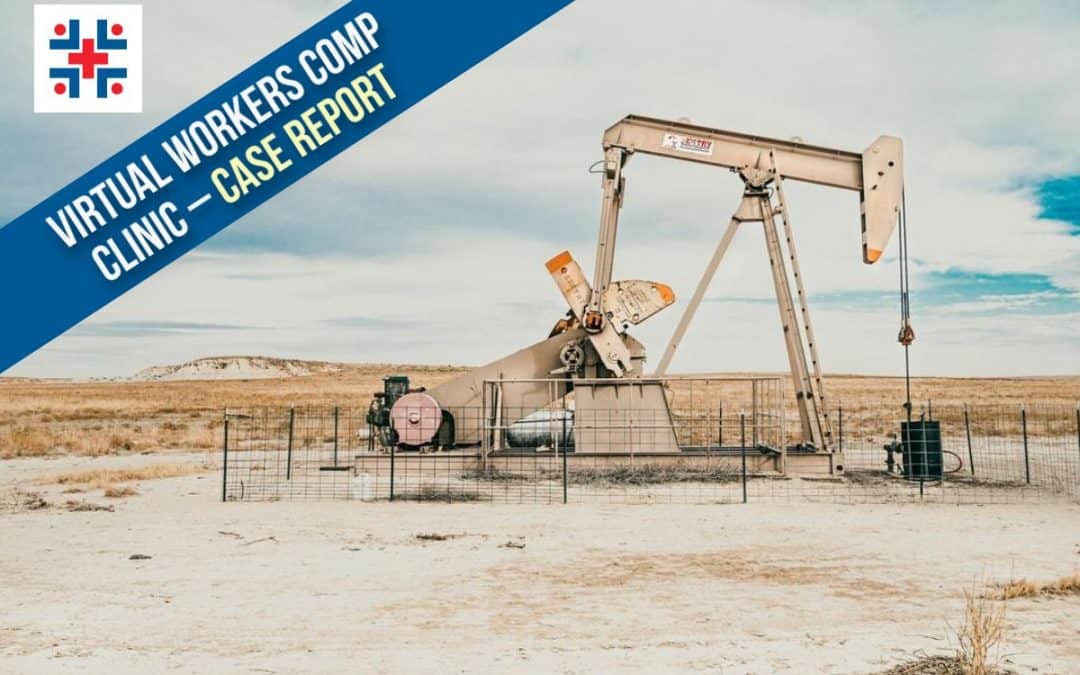Case Study
At 7:29 a.m. a message was received from the safety officer of an oilfield service company with employees in several remote areas. It was reported that a worker felt a pop in the left biceps while handling heavy pipes. He was concerned about extensive bruising in the left upper arm.
After learning of the history and receiving an image of the left upper arm, a stat MRI was ordered. The patient was told to drive 72 miles to town and had the MRI done immediately. Upon receiving the report of the MRI, it was found there was a complete tear of the proximal long head of the bicep’s tendon with tendon retraction. An orthopedic surgeon was consulted with the findings of the MRI and it was determined that he could be scheduled next week for an appointment. An appointment was made, and the injured worker could return home for the weekend.
Summary:
- The safety officer had the physician on call.
- The on-call physician took all the clinical decision-making liability off of the safety officer and the company.
- Handling the case on a pre-claim, virtual basis did safely expedite the time to a definitive diagnosis which included consultation with a specialist. In this case, which was severe enough to necessitate the need for a specialist, the time was 6 hours.
Discussion
Our technology has far outgrown our reimbursement systems. By direct contracting with a physician or clinic, medical care can be given safely and expeditiously. There is also financial value to the company in a case like this for several reasons:
Outcomes
- A trip to an expensive emergency room was avoided.
- Frequently, safety officers accompany injured workers to a clinic where they may have to wait for hours to be seen.
- In this case, the whole initial visit was performed virtually which totally eliminated the first trip to the doctor’s office. This saved the company from having to pay wages to 2 employees traveling to the clinic and waiting to be seen.
- It also eliminated one whole claim to be filed with the carrier.
- The right test was ordered without waiting for pre-authorization.
Conclusion
Perhaps the biggest financial incentive for a company to consider a direct contract with a physician or clinic is to prevent the experience modifier from increasing. When this happens, it can cause the company’s work comp insurance premium to increase and stay elevated for 3 years.


Recent Comments